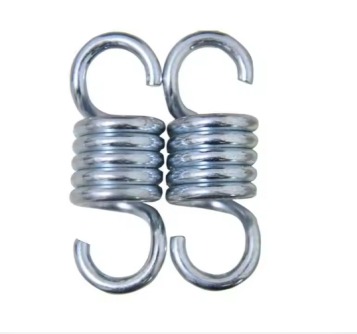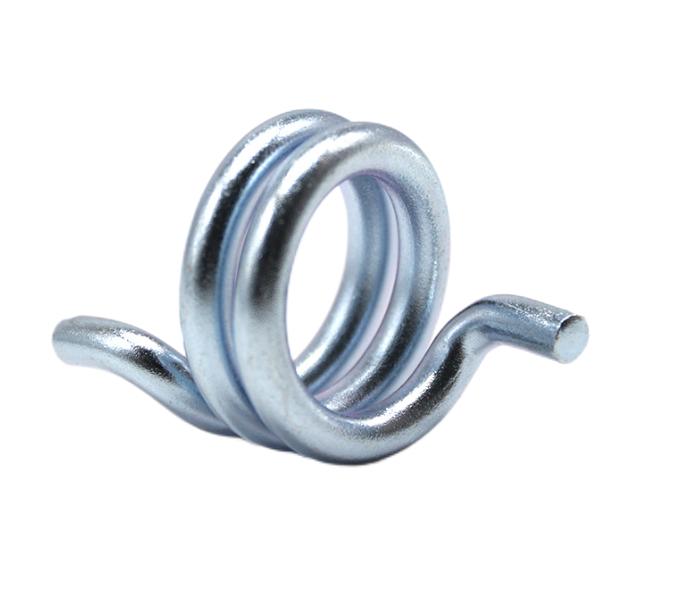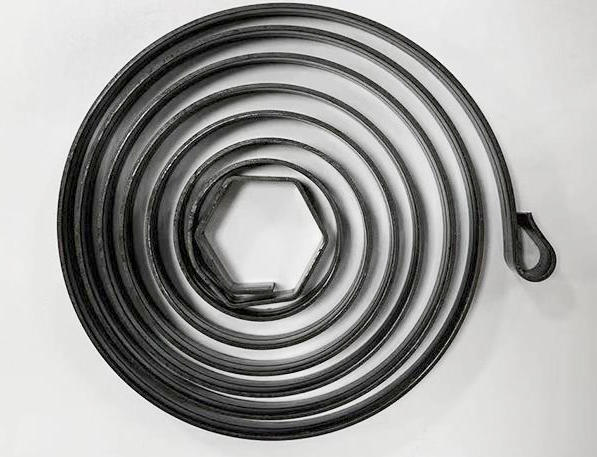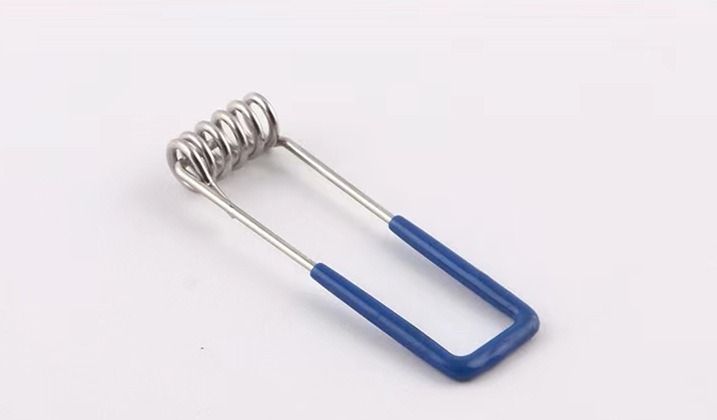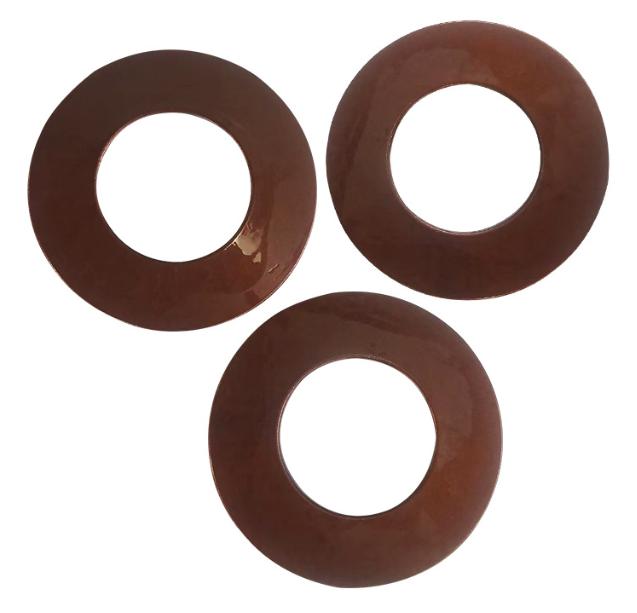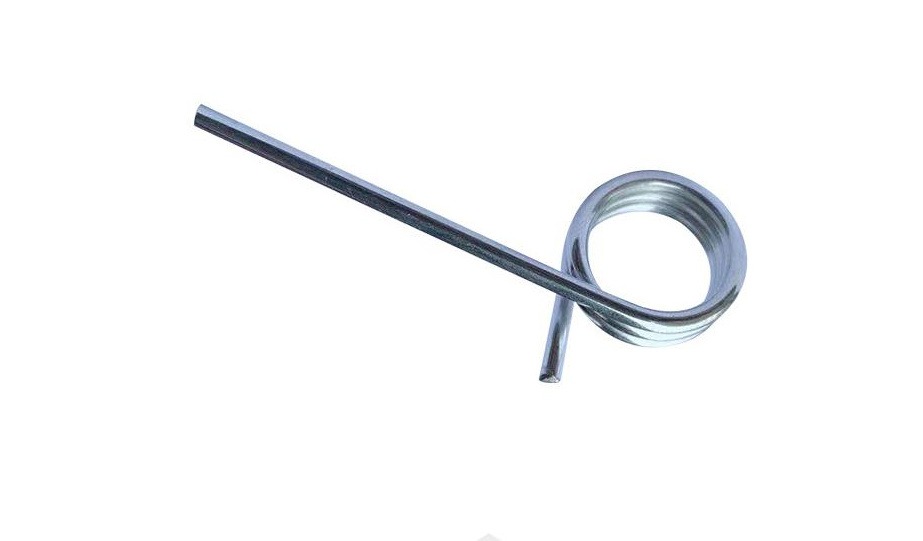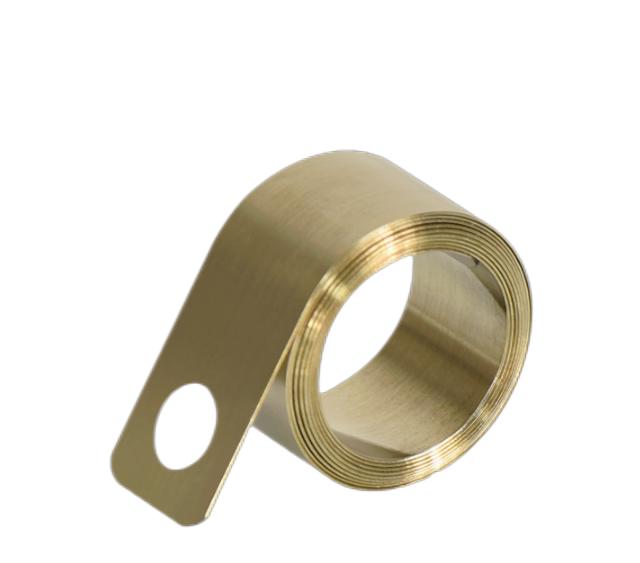How Multi-stack in Disc Springs Enhance Load Capacity and Deflection
Table of Contents
Disc springs, also known as Belleville washers, Belleville springs, or conical washers, are a type of spring with a conical shape that allows for high load capacity and compact design. One of the most versatile features of disc springs is their ability to be stacked in various configurations to customize the performance characteristics to specific applications. This article explores the concept of multi-stack configurations in disc springs and how they improve load capacity, deflection, and flexibility in various engineering contexts.
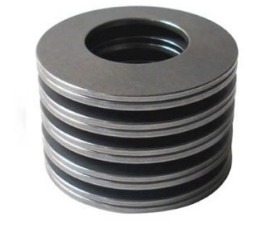
Different Types of Multi-stack Configurations in Disc Springs
1. Parallel Stack Configuration
Description
In a parallel stack configuration, multiple disc springs are aligned with their concave surfaces facing the same direction. This setup effectively combines the load capacities of each individual spring while keeping the deflection equivalent to that of a single disc spring.
Characteristics
- Increased Load Capacity: The total load capacity of the stack is the sum of the load capacities of each individual spring. For example, stacking two disc springs in parallel will double the load capacity.
- Constant Deflection: The deflection of the stacked springs remains the same as a single disc spring, making this configuration ideal for applications where maintaining a specific deflection is crucial.
Applications
- Heavy-Duty Assemblies: Used in bolted joints and assemblies that need to bear substantial loads without altering the deflection.
- Pressure Retaining Devices: Effective in maintaining consistent pressure in hydraulic systems and other pressure-retaining applications.
2. Series Stack Configuration
Description
In a series stack configuration, disc springs are alternated with their concave surfaces facing opposite directions. This arrangement increases the total deflection of the spring stack while keeping the load capacity the same as that of a single disc spring.
Characteristics
- Increased Deflection: The deflection of the stack is the sum of the deflections of each individual spring. For example, stacking two disc springs in series will double the deflection.
- Constant Load Capacity: The load capacity of the series stack is equivalent to that of a single disc spring, which is useful for applications requiring more movement without additional load.
Applications
- Vibration Isolation: Ideal for applications where significant movement or flexibility is needed, such as vibration dampening systems.
- Thermal Expansion: Used in systems that need to accommodate thermal expansion, where increased deflection helps absorb changes in length.
3. Combined Stack Configuration
Description
A combined stack configuration mixes parallel and series arrangements to achieve both increased load capacity and greater deflection. This versatile setup allows for fine-tuning of both parameters to meet specific application requirements.
Characteristics
- Customizable Performance: By combining parallel and series stacks, engineers can create a spring assembly that balances higher load capacity with increased deflection.
- Flexible Design: This configuration is adaptable to a wide range of applications, providing a tailored solution for complex requirements.
Applications
- Complex Mechanical Systems: Suitable for applications requiring both high load-bearing and significant movement, such as advanced machinery and dynamic systems.
- Multi-Functional Devices: Useful devices that need to perform multiple functions, such as combining force absorption with vibration isolation.
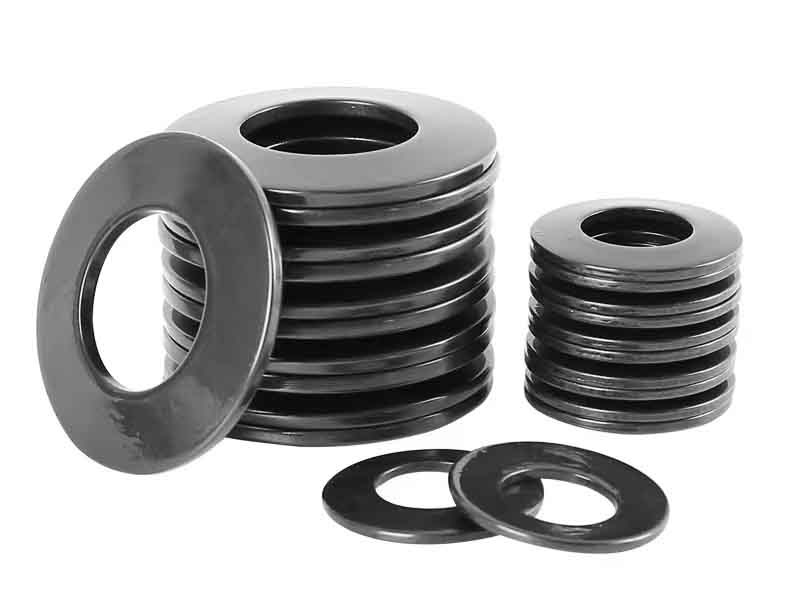
4. Radial Stack Configuration
Description
Radial stacking involves arranging disc springs in a radial pattern, with each spring positioned at a different angle around a central point. This less common configuration distributes the load and deflection characteristics in a radial direction.
Characteristics
Uniform Load Distribution: The radial arrangement helps distribute loads evenly around a central axis, which can be advantageous in certain rotational or radial applications.
Complex Assembly: This configuration may be more complex to design and assemble, but it can offer unique performance benefits in specialized applications.
Applications
- Rotational Systems: Used in applications where load needs to be distributed evenly around a central point, such as in rotating machinery or radial load-bearing systems.
- Specialized Equipment: Effective in equipment where radial forces need to be managed, providing a balanced distribution of load and deflection.
5. Alternating Stack Configuration
Description
An alternating stack configuration arranges disc springs in a pattern where each spring is oriented in the opposite direction relative to its neighbors. This configuration combines aspects of both series and parallel stacks.
Characteristics
- Balanced Performance: Offers a balance between load capacity and deflection, with some degree of flexibility in performance characteristics.
- Application Specific: Tailored to applications where both load and deflection need to be managed with a specific arrangement of springs.
Applications
- Custom Mechanical Assemblies: Useful in applications requiring a specific balance of load and deflection, such as custom-designed mechanical systems.
- Precision Equipment: Applied in precision instruments where both load management and deflection control are critical.
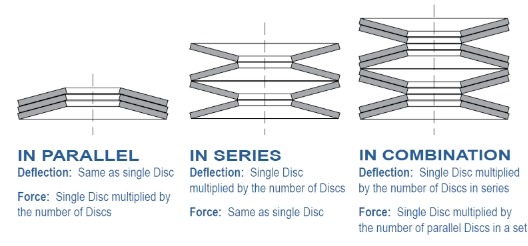
Each type of multi-stack configuration for disc springs offers distinct advantages and can be selected based on the specific needs of the application.
Design Considerations for Multi-Stack Configurations in Disc Springs
This chart provides an overview of the key design considerations for multi-stack configurations in disc springs, helping engineers and designers create effective and reliable disc spring systems.
| Consideration | Description | Impact on Design | Guidelines |
| Load Requirements | The amount of load the spring system needs to support. | Determines the type of stacking (series, parallel, or combination). | Select the stacking configuration that provides the required load capacity. |
| Deflection Needs | The amount of deflection or compression the system must handle. | Affects the number of springs in series or parallel. | Choose the number of series springs for desired deflection while managing space constraints. |
| Fatigue and Wear | The lifespan and durability of the springs under cyclic loading. | Impacts material choice and design longevity. | Use high-quality materials and design for even load distribution to reduce wear and fatigue. |
| Space Constraints | The physical space available for the spring system. | Influences the number of stacks and their arrangement. | Optimize the stack configuration to fit within the available space while meeting performance requirements. |
| Material Selection | The material used for the disc springs affects performance and durability. | Affects the spring’s load capacity, deflection characteristics, and longevity. | Select materials based on strength, corrosion resistance, and fatigue properties. |
| Temperature Effects | The operational temperature range can affect material properties. | Impacts the performance of the disc springs under varying temperatures. | Choose materials and coatings that can withstand the operational temperature range. |
| Environmental Conditions | Conditions such as humidity, corrosive environments, and exposure to chemicals. | Can affect the material choice and overall design. | Use corrosion-resistant materials and protective coatings if needed. |
| Assembly and Maintenance | The ease of assembling and maintaining the multi-stack system. | Affects the practicality of installation and service. | Design for easy assembly and provide maintenance guidelines to ensure long-term performance. |
| Performance Testing | Ensuring the designed stack meets all operational requirements. | Verifies that the design performs as intended. | Conduct rigorous testing to validate the design under real-world conditions. |
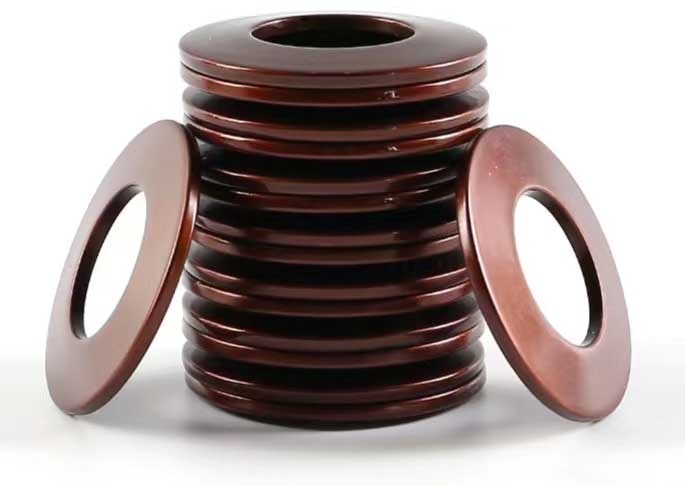
Overall, multi-stack configurations in disc springs offer engineers a flexible and efficient way to enhance both load capacity and deflection in compact designs. By understanding the advantages of parallel and series stacking and tailoring these configurations to specific application requirements, designers can significantly improve the performance of systems across various industries. Whether in bolted joints, vibration dampening, or valve actuators, disc springs continue to provide reliable and space-saving solutions through customizable stacking techniques.

